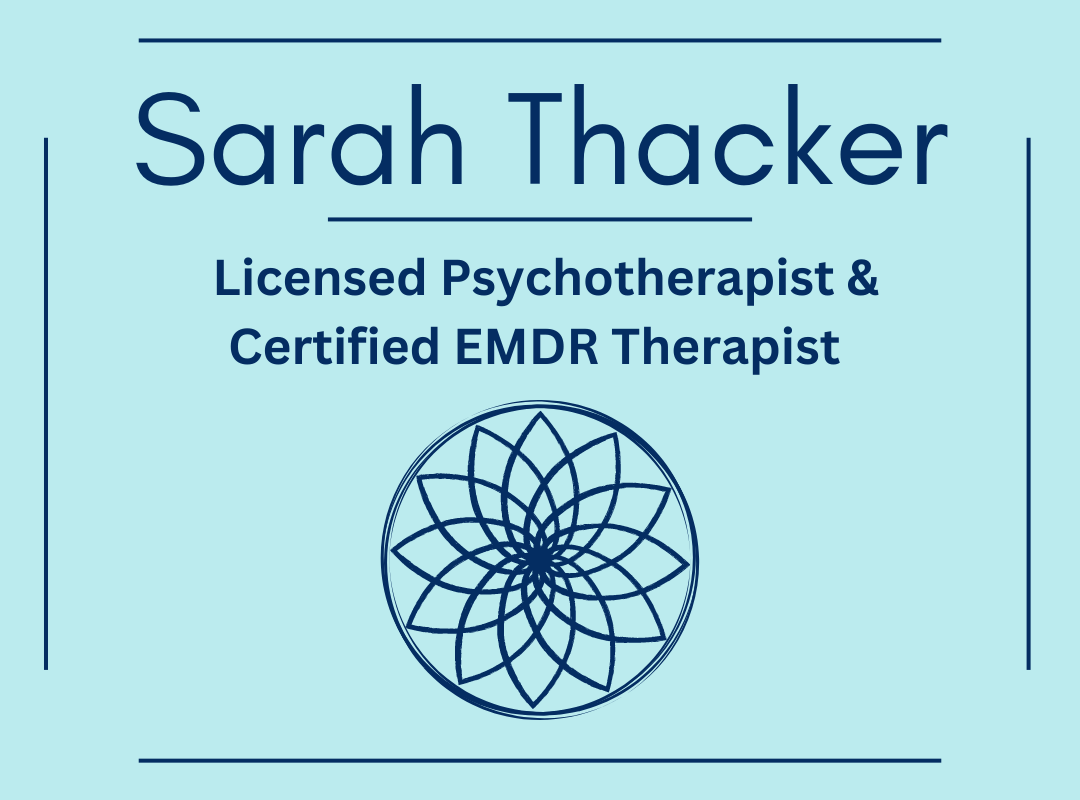We are now fully into the holiday season. It’s the time of year when we are inundated with treats, displays, parties, and leftover candy pretty much everywhere. You might currently find yourself trapped in a whirlwind of Thanksgiving plans and gatherings that will lead into a month of holiday parties, baking, and special treats everywhere - and this just continues into the new year.
When you struggle with emotional eating and food cravings, the holidays can feel overwhelming. If you struggle with stress and dread related to the holidays, this time of year can be particularly challenging.
I wanted to offer some support for anyone struggling with food triggers, holiday triggers, or a combination of both. Hopefully you can reference this post all throughout the season!
I recommend having a journal or your notes app handy and consider the following:
When you arrive at the end of the holiday season, when you are welcoming 2025, how do you want to feel?
What is one small, doable, and desirable goal that you can set for yourself this season?
What action steps can you take to support how you want to feel to achieve this small goal?
As you are moving through the season, it’s helpful to check in regularly and ask:
Have I been taking consistent action and using the action steps to ensure that I can feel how I want to feel once the new year arrives?
Am I getting enough balanced nutrition?
Am I hydrating?
It’s so easy to go into autopilot mode and become mindless and distracted and to just numb out when feeling triggered or stressed. This holiday season can be different! If you bring in some daily intention setting, connect with your feelings and experiences consistently, and practice some of the coping strategies below, you may have a different experience this year.
Here are some helpful ways to cope (even just slightly) more effectively this year:
Practice the 3-step cravings protocol - Pause, Reflect, Release: Use this anytime you are experiencing a food craving:
Pause: Take a deep breath, drink some water, relax your body, and create some space between you and the food craving.
Reflect: Use the BLAST technique, ask yourself, “Am I Bored, Lonely, Angry, Stressed or Sad, or Tired?” If you answer Yes to any of these emotions ask: What does this emotion need? To explore what the feeling you are experiencing is needing you can ask: What is the opposite feeling state? Here are some examples: Boredom needs Stimulation, Loneliness needs Connection, Anger needs Peace, Calm, and/or Kindness, Stress needs Relaxation, Peace and Calm, Sadness needs Uplifting, Tiredness needs Rest.
Release: If it’s truly an emotional craving, name the emotion and the opposite feeling state. Ask yourself, what would it take to get to that opposite feeling state? Practice being present with the feeling and see if you can receive the message of the emotion. You can use a coping skill such as journaling or talking it out to let it go. It can also be helpful to use self-affirming statements to help support the release, such as, “I am capable of handling my emotions,” “I am learning to listen to the messages from my body,” and “I can make a different choice.”
If you are experiencing a more general food craving and you find that you are truly hungry, eat it mindfully and listen to the cues from your body.
If you need additional support if it’s an emotional craving, you can try journaling through this decoding emotions practice:
Ask, what is the message from this emotion? What does it want you to know?
What does it need from you? Is there any action you can take?
Can you mindfully witness the emotion and let it be without needing to change it? Can you radically accept it as it is?
If the holidays are triggering because of others imposing their own thoughts and feelings about food, here are some ways you can practice setting boundaries with others:
Common irritating statements: “Should you be eating that?” “Are you sure you want seconds?” “Wow, that looks like a lot of food/sweets…”
Helpful Boundary Setting Statements for each of the above: “I understand you might not notice that it upsets me, but I don’t like it when you question my food choices.” “I prefer you not comment on my food choices.” “I’d appreciate it if you wouldn’t comment on my food choices.”
Sometimes during the holiday season you might find yourself with food guilt and shame, or criticizing your own choices. Here are some ways you can practice setting boundaries with yourself:
Common irritating internal statements: “I shouldn’t eat this.” “They are watching everything I’m eating.” “What’s wrong with me.”
Helpful Boundary Setting Statements for each of the above: “I deserve to eat what I am eating.” “I can only control myself and my choices.” “It’s normal to enjoy and indulge in food sometimes.”
One of the most useful ways to make it through the season is to have a plan for remaining present and mindful, to practice consistent self-care, to reflect and check in with yourself daily, and to have a plan of action. Having a plan is where you start; you can practice daily intention setting, daily decisions about your action steps that you will take to achieve your goals, reviewing the pause, reflect, release protocol, and journaling. Self-compassion is a huge part of remaining grounded and surviving the challenges of the holidays.
Practicing mindful eating, intuitive eating, and attuned eating can also support feeling connected to your body and discerning what is emotional and what is truly desired when it comes to food.
Mindfulness is paying attention from moment to moment with a nonjudgmental awareness.
Mindful eating is applying mindfulness to the process of eating.
Intuitive/Attuned eating is listening to your body and making choices based on your relationship with your body. Asking these questions can keep you more mindful and attuned to your body: What do I want? What am I hungry for? How hungry am I? How satisfied did this choice make me feel?
The last tip I will leave you with is to keep a Win-Log. This is a log of positive eating experiences daily, including allowing yourself to eat when you were hungry, finding the right food match for your craving, stopping eating when you felt satiated and satisfied, and being able to savor feeling good overall about your actions and choices.
Putting all of this together will allow more communication, acceptance, balance, and the ability to be more grounded and centered within your choices throughout this season.
When you can manage emotional food cravings more effectively, it creates a feeling of empowerment, deeper self-awareness, and more connection to your body so that you can begin to create a more peaceful relationship with your mind, your body, and food. Using tools to make a choice on how to manage your cravings builds self-compassion, self-trust, and self-empowerment. I hope you have a happy and healthy holiday season!



